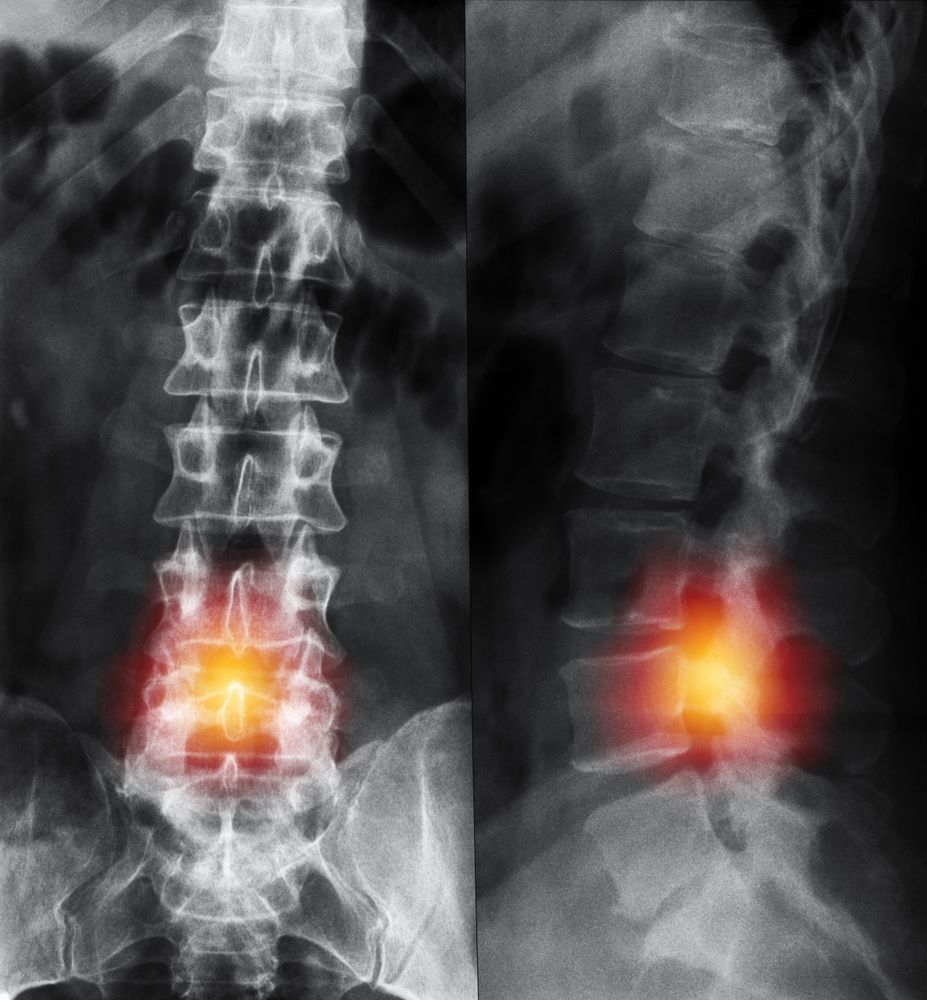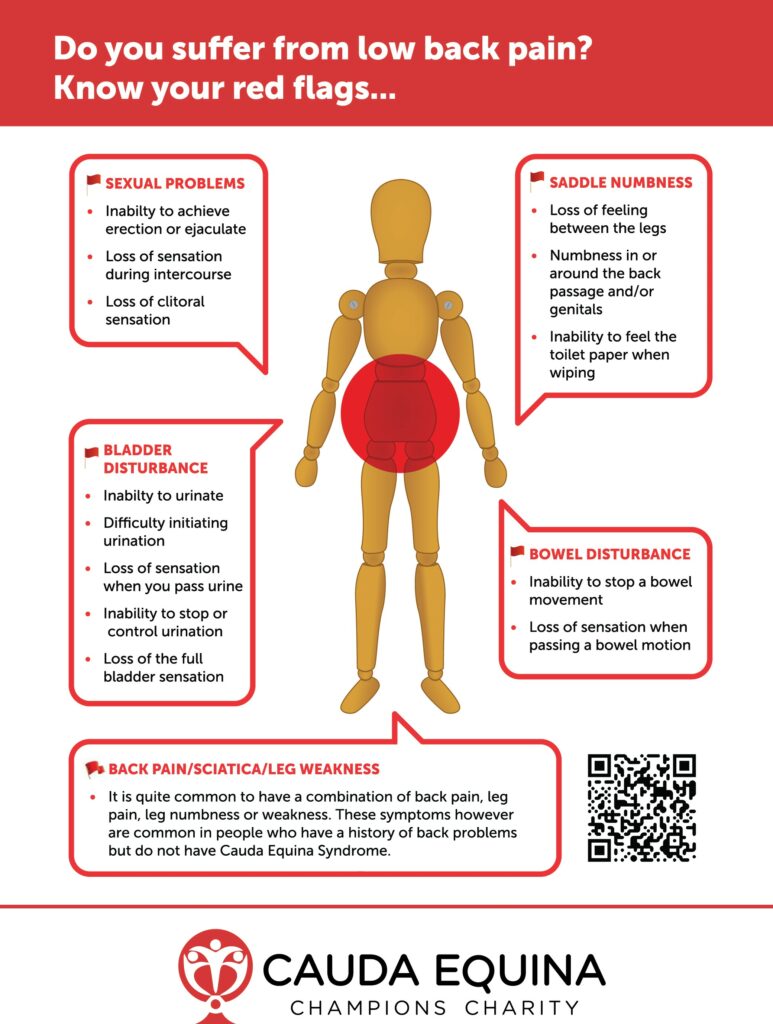Cauda Equina Syndrome
Introduction Cauda equina syndrome (CES) is a condition that occurs when the nerve roots in the lumbar spine are compressed, cutting off sensation and movement. These groups of nerves bear a resemblance to a horse’s tail hence the name cauda equina. It is a medical emergency, and thus prompt medical intervention is required to prevent… Read More
Top Doctors For Cauda Equina Syndrome Treatments
Top Hospitals For Cauda Equina Syndrome Treatments
Cauda Equina Syndrome
Introduction
Cauda equina syndrome (CES) is a condition that occurs when the nerve roots in the lumbar spine are compressed, cutting off sensation and movement. These groups of nerves bear a resemblance to a horse’s tail hence the name cauda equina. It is a medical emergency, and thus prompt medical intervention is required to prevent permanent damage such as paralysis, loss of bladder control, and sexual function. The nerve roots that control bladder and bowel function are mostly affected by the damage.

Predisposition and Potential Causes of CES
Conditions that can predispose to cauda equina syndrome are:
- Lumbar disc herniation
- Birth abnormalities
- Spinal lesions and tumors
- Spinal infections or inflammations (e.g., meningitis)
- Lumbar spinal stenosis
- Injuries to the lower back
- Spinal arteriovenous malformations (AVMs)
- Subarachnoid, subdural, and epidural hemorrhages in the spine
- Postoperative complications in lumbar spine surgery
- Spinal anesthesia
Types of CES
Cauda equina syndrome can be of two types. This is dependent on the duration of onset.
Acute cauda equina syndrome: In this type, severe symptoms start suddenly. Surgery is usually indicated within 24 to 48 hours of onset.
Chronic cauda equina syndrome: This type means that either the symptoms have been present for a while before medical intervention is sought or permanent damage has been done, and symptoms will persist in the patient for life.
Classifications
Complete cauda equina syndrome: Complete cauda equina syndrome, also called cauda equina syndrome with retention (CESR), causes urinary or bowel retention or incontinence. It occurs in about 60% of patients with cauda equina syndrome. It presents with sciatica, back pain, loss of anal tone, and lower limb motor weakness.
Incomplete cauda equina syndrome: CESI leads to an altered urinary sensation. There is a loss of urgency or increased urgency sensation in the bladder and bowels without retention or incontinence. This affects the other 40% of people with cauda equina syndrome.
Symptoms Associated With Cauda Equina Syndrome
Symptoms of this condition vary in patients and thus make it hard to diagnose early sometimes. However, certain ‘red flag’ signs are consistent with the condition. These are:
- Urinary retention: This is the most common symptom. The patient’s bladder fills with urine, but the patient does not experience the normal sensation or urge to urinate.
- Urinary and fecal incontinence: The overfull bladder can result in incontinence of urine. Stool incontinence may result from anal sphincter dysfunction.
- Sciatica: this refers to pain in the back and legs.
- Weakness and paralysis of the lower extremities.
- Saddle anesthesia: This numbness and sensations in the hips, buttocks, anus, and inner thighs.
- Paraesthesia: This is prickling, numbness, and tingling in the lower limbs
- Sexual dysfunction
- Issues with reflexes in the legs.

Diagnosis
To diagnose cauda equina syndrome, an evaluation of your medical history, complete physical examination, and imaging tests would be performed.
Medical History and Physical Examination: The doctor would take a history of when the symptoms started and impact on activities or possible progression. An assessment of the stability, sensation, strength, reflexes, alignment, and motion of the lower back and legs would be done. This may involve standing, sitting, walking on the heels and toes, bending forward, backward, to the sides, lying down and lifting the legs, etc. Rectal and anal muscle tone will also be tested. A blood analysis is usually performed.
Further tests are imaging studies, and these may include one or more of the following:
X-ray: This is the use of X-rays to ascertain any abnormalities in the spine. Conditions of the bone are better diagnosed than soft tissue conditions.
Magnetic resonance imaging (MRI): MRI is a diagnostic test that produces three-dimensional images of body structures using magnetic fields and computer technology. Images of the spinal cord, nerve roots, and surrounding areas can be seen and studied for aberrations.
CT Scan: This form of X-ray gives a good definition of the bone. If CES is secondary to bone collapse from trauma or cancer, this study can help define that. The limitation of this test is that the discs are not properly visualized.
Myelogram: A contrast medium is used to perform an X-ray of the spinal canal. The medium is injected into the surrounding cerebrospinal fluid spaces. Disc herniations, tumors, displacements of the spinal cord, and nerve roots can be diagnosed.
Differential Diagnosis for Cauda Equina Syndrome
- conus medullaris syndrome
- spinal cord infarct
- myelopathy
Treatment of Cauda Equina Syndrome
Once a diagnosis of CES has been made, prompt surgical intervention may be required to correct the causative factor. This needs to be done within 48 hours to prevent a permanent loss of function. In addition, medications that aid in urinary and bladder control may be administered with occasional catheterization of the patient.
The surgical procedures used in CES management include:
Microdiscectomy (unilateral laminotomy, medial facetectomy, discectomy): It is done in soft disc herniation in younger patients with minimal degenerative changes.
Laminectomy (bilateral laminectomy and medial facetectomy): This is done in older patients with degenerative changes such as hypertrophic ligamentum flavum, and lateral recess stenosis.
Laminectomy and Fusion: This is rarely indicated and is performed in high-grade spondylolisthesis and insidious-type cauda equina syndrome in the context of degenerative spondylolisthesis
Complications of CES Surgery
Some of the peri-operative surgical complications include:
- Dural tear
- Epidural fibrosis (scarring)
- Wound infection
- Iatrogenic segmental instability
- Vascular injury
Some of the medications to improve bowel and bladder function are:
- Hyoscyamine (Levsin®).
- Oxybutynin (Ditropan®).
- Tolterodine (Detrol®).
Prevention
Some lifestyle changes can help reduce the predisposition to Cauda equina syndrome. They are but not limited to:
- Exercising regularly
- Lifting objects properly
- Avoiding the use of tobacco and tobacco products
- Avoiding high-heeled shoes that may lead to misalignment of the spine
- Good standing, sitting, and lying posture
Living with Cauda Equina Syndrome
Patients with cauda equina syndrome need to seek emotional and physical therapy. This is because permanent damage is usually not corrected by surgery. It is advisable for extra support and care as a lifelong adjustment in activities will help in minimizing the debilitating effects of CES.















































































